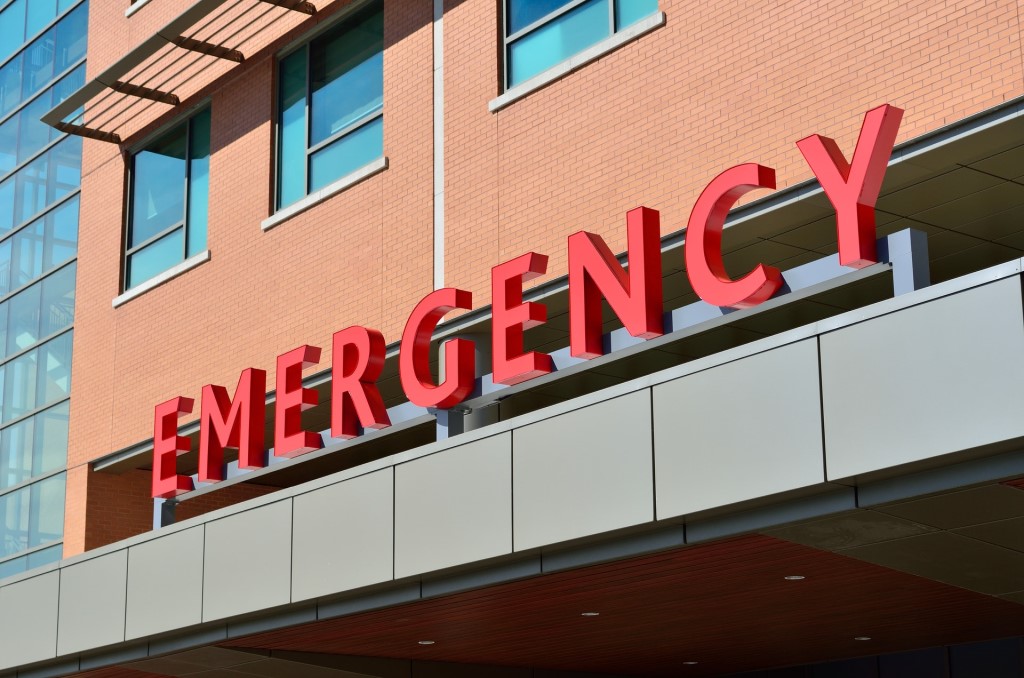
Healthcare is a hot-button issue in society lately. The cost of it and how it subsequently affects access to proper medicare for many people is an ongoing debate. In a perfect world, everyone would have access to healthcare without the fear of incurring massive debt.
In many ways, technology remains the saving grace of the medical world. It lends itself not just to research and the discovery of cures but also to the day-to-day running of facilities. The quality of care you receive as a patient would be dismal in the absence of technology.
Here are some of the subtle and impactful ways that technology is keeping healthcare afloat.
Management Systems
There are quite a number of departments in a health facility. Whereas they all need a sense of autonomy, when they do not work in harmony, chaos would be inevitable. Management systems help to keep them coordinated. They include:
Electronic Health Records

Patient data was in the past manually recorded into standardized printed documents referred to as charts. Today, most hospitals have taken up Electronic Health Record systems. They are basically the electronic version of charts. Most hospitals are using electronic batch records software because it is a highly powerful and low-cost pharma-specific tool that tracks and manages production data. In a paper-based process, it can be difficult to ensure forms are routed to the right place in the correct sequence. EBR software eliminates these problems. It helps maintain data integrity, save time and ensure compliance.
Other than saving trees given as online charts eliminate the use of paper, they also improve service delivery. Laboratory tests, for example, are easily uploaded online onto patient charts in place of physical delivery. It is a fast and efficient system for both staff and patients.
Additionally, in terms of patient care, medical history is a crucial element of diagnosis. Online charts store all your treatment data in one profile. Authorized doctors on your care team can easily share said data in order to coordinate your treatment. With your consent, your history can be transferred if you choose to change doctors or hospitals.
Billing Systems
Some hospitals have systems where patients have to pay at each department they visit during their treatment. They can be punitive to ailing patients and inconvenience service delivery. More wholesome billing systems, enable patients to receive seamless care.
At a modern hospital, immediately you register, billing system technology automatically opens a tab linked to your name. It allows the accounting department to keep track of all costs you incur in every department. At the end of your treatment, a reconciled bill is then generated from the costs recorded. The system practically runs itself without having to have finance stations in every department.
In-Patient Care
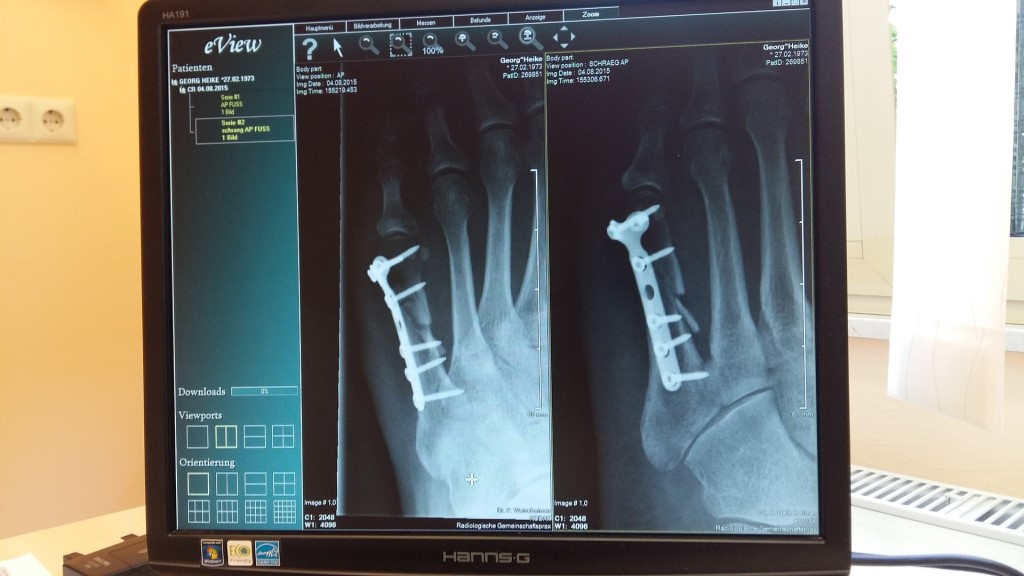
Almost all aspects of patient care are facilitated by technology. From testing, imaging, and even treatment, doctors and nurses depend on machines. They make processes faster and are accurate which is essential in medicine.
A great example would be diagnostic display monitors. Doctors use them to study and analyze scans as opposed to printed versions. Diagnostic displays provide high clarity images with specific diagnostic information as requested by doctors. Images can also be turned and viewed from different angles or highlighted in certain important sections.
Caregiving can be a very hands-on profession yet it is not possible to have a caregiver for every patient. Assistive caregiving technology such as automated medicine dispensing cabinets reduce the workload on staff. Without them, patient care would suffer greatly.
Home Management
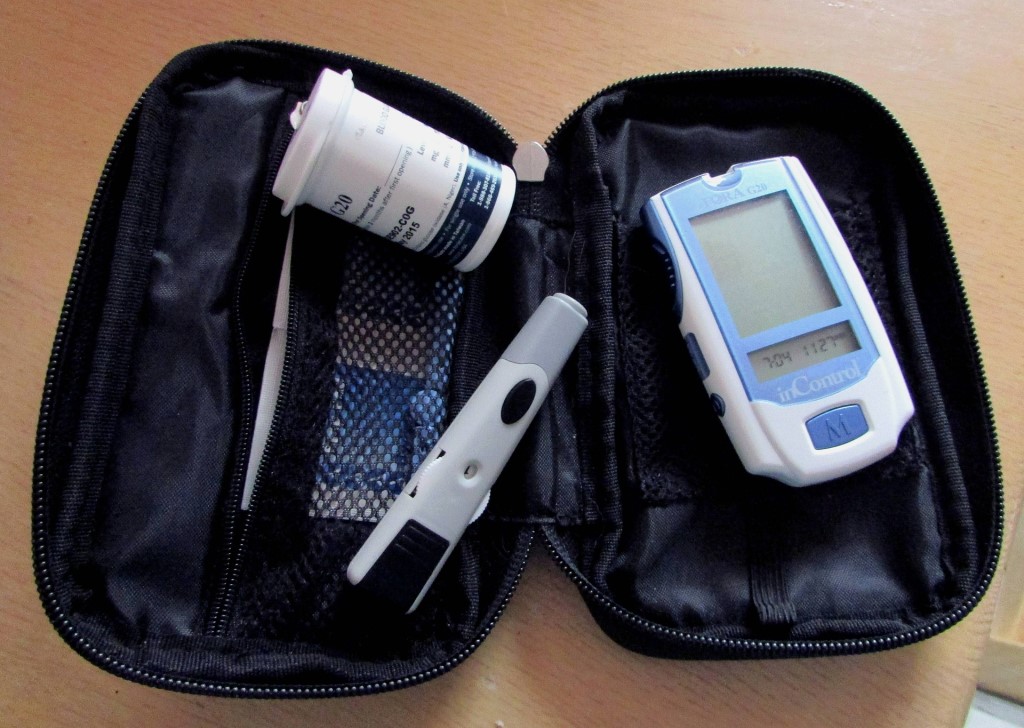
Admission or frequent hospital visits can both be expensive and risky for people with chronic conditions. Diabetes and hypertension are some of the leading illnesses that require constant management. Technology has provided ways to allow patients to take charge of their care from home. Advanced treatment often requires expensive technology but fortunately used lab equipment is readily available that enables labs with smaller budgets to carry out important work.
If you suffer from hypertension, you are at a higher risk for cardiac events and even strokes. Regularly monitoring your blood pressure is important so as to seek medical attention when it exceeds recommended parameters. Innovations such as a Raycome Healthcare Device provide accurate blood pressure readings in the comfort of your home.
For diabetes patients, blood glucose meters are an everyday necessity. Hyperglycemic shock can quickly deteriorate into organ failure and even death. Monitoring tools provide diabetics with a better quality of life.
Staff Welfare
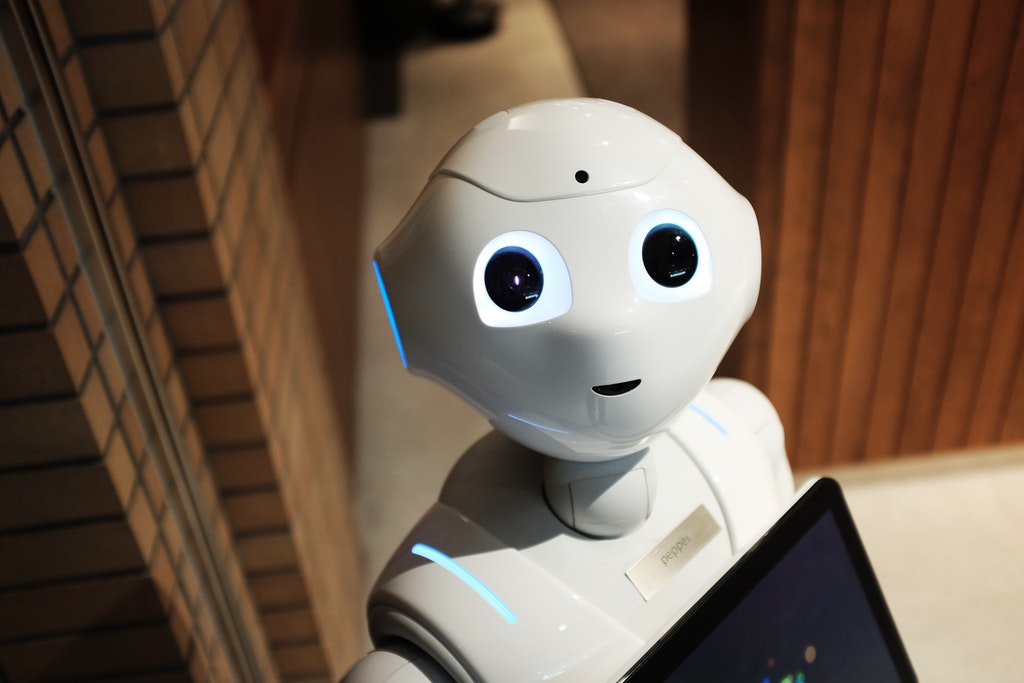
Medical workers make up the largest number of podiatric and orthopedic patients. The reason for this is the long hours they spend on their feet or hunched over a computer updating charts. Healthcare is a labor-intensive line of work.
Automation greatly reduces the number of tasks that need to be performed manually. Physical delivery of charts, labs, and medication dosages can now all be delegated to technology. It is encouraging to see hospitals taking up the use of robotics too to lessen the burden of health staff.
In recent times, due to Coronavirus, there has been an increased use of technology in patient care too in order to protect doctors. Online doctor appointments and prescriptions being sent in virtual copies have been life-saving. Additionally, you can install portable privacy screens that provide much-needed privacy to the patients while reducing the risk of infection in a hospital environment.
Security
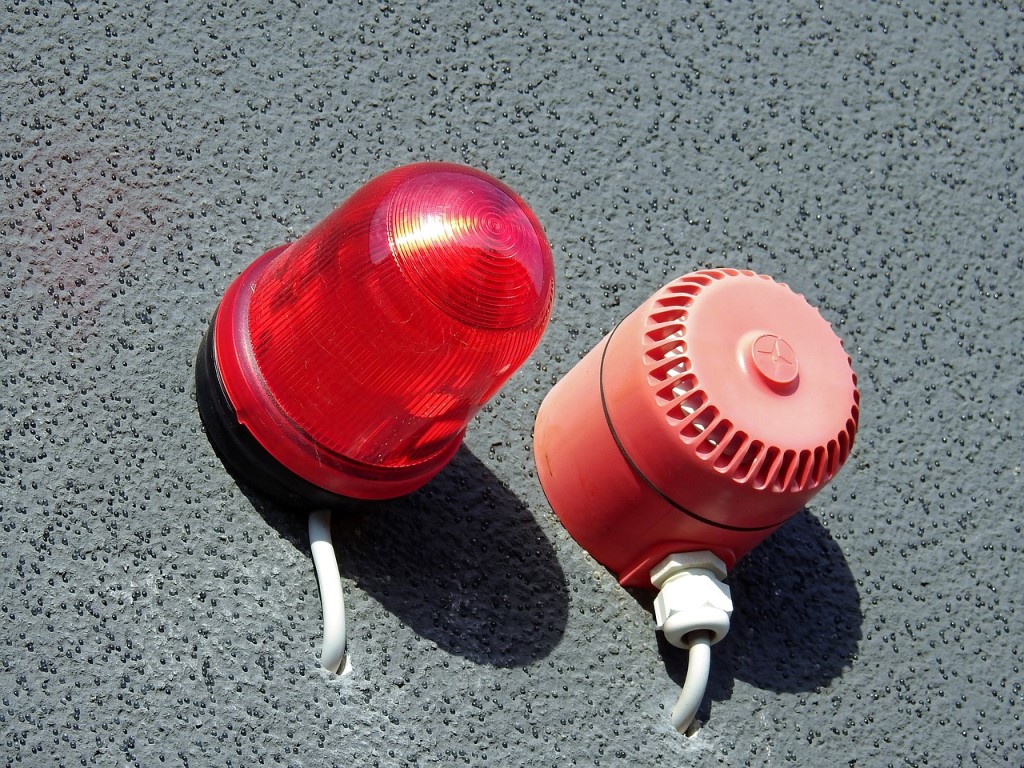
You may be familiar with the reference, ‘code blue.’ It is often called out when a patient’s condition is deteriorating into a life-threatening state. However, there are many other codes that trigger set chains of reaction.
When most hospitals go into ‘code pink’ it signifies that a child has been abducted. In ‘code silver’ there is an active shooter on the premises. In both cases, there is often a need to go into some kind of lockdown. Technological security systems help lock down floors where necessary and send out alerts to relevant authorities.
On the other hand, hospital security also involves the control of substances. High-grade narcotics used in hospitals are often targets of pilferage. Most hospitals rely on passwords and unique identities on electronic staff cards to keep track of drug dispensation.
Conclusion
Consider what a day would look like for you in the absence of your computers and smartphones. Now imagine how hard it would be for an organization the size of a hospital to cope without technology. Increased, wait times, errors on patient records, and mountains of paperwork would cripple patient care.
Even as we agitate for affordable healthcare, it is imperative that it is also of good quality. Well remunerated healthcare workers and innovative technology may just be what saves our lives.